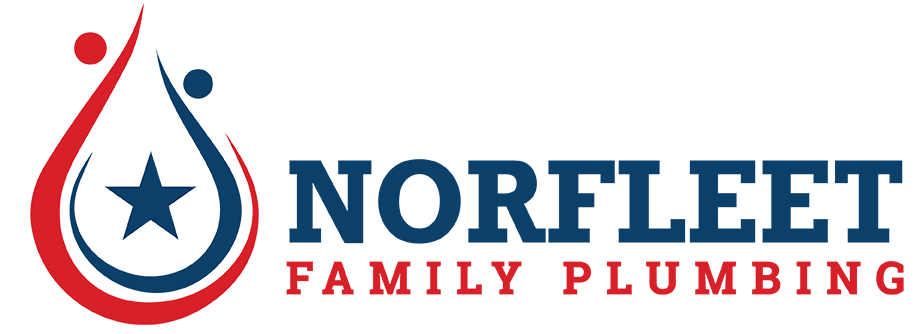What to Expect During a Professional Water Heater Installation
The process begins with an initial consultation and assessment. A professional technician will visit the property to evaluate the specific needs and requirements.
Choosing a professional installation makes a significant difference when replacing or installing a new water heater. A professional installation guarantees the correct and efficient functioning of the unit and brings peace of mind regarding safety and compliance with local codes and regulations. Here is a comprehensive overview of what to expect from a professional water heater installation.
Initial Consultation and Assessment
The process begins with an initial consultation and assessment. A professional technician will visit the property to evaluate the specific needs and requirements. They will inspect the existing water heater (if there is one), assess the plumbing and electrical systems, and determine the appropriate size and type of water heater that will best serve the household or business. The number of occupants, daily hot water usage, and the available space for installation are considered during this assessment.
Selection of the Appropriate Water Heater
The technician will recommend the ideal water heater based on their assessment. Options may include:
Traditional storage tank water heaters
Tankless water heaters
Heat pump water heaters
Solar water heaters
Condensing water heaters
Each type has advantages, and the selection will depend on energy efficiency, cost, and the property's specific needs. The technician will explain each option's benefits and potential drawbacks, helping the customer make an informed decision.
Preparation for Installation
Before the actual installation begins, the area around the installation site is prepared. Technicians clear the space, protect nearby surfaces, and confirm that all necessary tools and materials are available. If an old water heater is being replaced, the technician will drain and remove the existing unit, disposing of it according to local regulations. This step prevents any mess or damage during removal.
Installation Process
The installation involves several key steps, each carried out with precision and expertise.
Placement and Securing: The new water heater is positioned in the designated area. For tankless models, this might involve mounting the unit on the wall. The unit is securely anchored to prevent any movement or instability.
Plumbing Connections: The technician will connect the water heater to the existing plumbing system. They attach the cold water supply line and the hot water output line. Any necessary modifications to the piping are made to ensure a perfect fit. Properly sealing and insulating connections are essential to prevent leaks and maintain efficiency.
Electrical or Gas Connections: Electrical wiring or gas lines are connected, depending on the type of water heater. For electric models, this involves connecting the unit to the electrical panel and installing any necessary circuit breakers. For gas models, the technician will connect the gas supply line and ensure proper ventilation for exhaust gases. Technicians perform safety checks to verify that all connections are secure and leak-free.
Testing and Calibration: Once all connections are made, the water heater is filled with water and powered on. The technician tests the unit to ensure it operates correctly, adjusting the thermostat to the desired temperature setting. They inspect for leaks, verify that the heating elements or burners are functioning, and confirm that the safety features work as intended.
Installation of Safety Features: Professional installation includes adding important safety features such as pressure relief valves and expansion tanks. These components are essential for preventing potential hazards like over-pressurization and water damage.
Cleanup and Final Inspection: Technicians clean the work area after installation, removing all debris and old equipment. Then, technicians conduct a final inspection to assure that the installation meets all local codes and standards and that the water heater is functioning efficiently and safely.
Post-Installation Support
A professional installation doesn't end once the water heater is running. The technician will provide information on the proper use and maintenance of the new unit. They will explain how to adjust the thermostat, what to do in case of minor issues, and when to schedule routine maintenance checks. Some companies offer follow-up services or maintenance plans to help keep the water heater in optimal condition over the years.
Warranty and Documentation
Another benefit of professional installation is the inclusion of a warranty. Most reputable installers provide a warranty on both the water heater and the installation work. This warranty covers repairs or replacements if any issues arise due to defects or improper installation. The technician will also provide documentation detailing the installation, including model numbers, serial numbers, and a record of the work performed. This documentation is valuable for future reference and warranty claims.
Choosing professional water heater installation brings numerous benefits, from expert guidance in selecting the suitable unit to meticulous installation practices prioritizing safety and efficiency. With professional help, customers can enjoy reliable hot water, lower energy bills, and the assurance that their water heater is installed correctly and safely. This comprehensive approach not only enhances the performance and lifespan of the water heater but also provides peace of mind, knowing that the installation meets all necessary standards and regulations.
Norfleet Family Plumbing Heating and Air is a dependable full-service plumber offering gas tankless water heater installation, gas tanker water heater repair, gas water heater installation, gas water heater repair, electric water heater repair, hybrid water heater installation, and hot water recirculation pump solutions in Chandler, Gilbert, Mesa, Queen Creek, Ahwatukee, and San Tan Valley. Call 480-681-1764.

